Gower sign in Muscular Dystrophy
The Gower sign is a clinical sign of muscular dystrophy that results from weakness in the child’s proximal hip muscles and thigh muscles. If a child gets up from a sitting or supine position, the child must first become prone on the elbows and knees. Then, the knees and elbows are gradually extended to elevate the body for taking a standing position.
Then, the hands and feet are gradually brought together to move the body’s center of gravity over the legs. At that time, the child may release one hand at a time and support it on the knee as he or she crawls up their legs to achieve a standing position.
It is named after William Richard Gowers a British neurologist.
Gower’S sign positive Video:
Gower sign is signs of weakness of the pelvic girdle muscle, in such a manner in which the patient arises from a prone position on the floor. The child uses the hands-and-knees position and then gradually goes up to a stand by “walking” his hands progressively up his shins, knees, and thighs. This maneuver, known as Gowers’ sign, has been seen exclusively in Duchenne’s muscular dystrophy (DMD).
Gowers’s sign is mainly seen in DMD (Duchenne’s muscular dystrophy) where it mostly appears at 4–6 years but also presents in centronuclear myopathy, myotonic dystrophy, and various other conditions associated with proximal muscle weakness, such as Becker muscular dystrophy (BMD), dermatomyositis and Pompe disease.
For this sign, the patient is placed on the floor away from any objects that could otherwise be used to support oneself to a standing position. It is also used in the differential diagnosis of Paralysis related conditions such as Paraplegia.

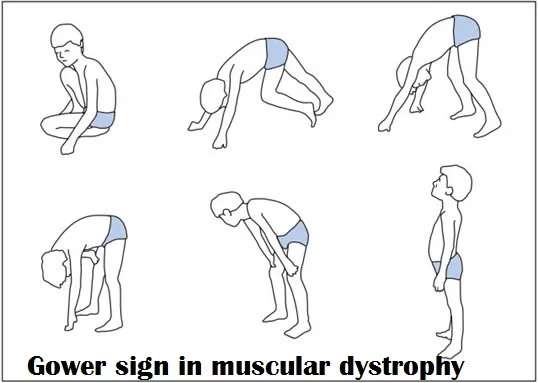
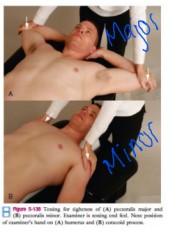
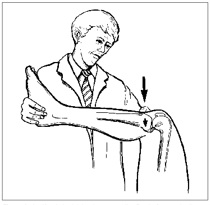
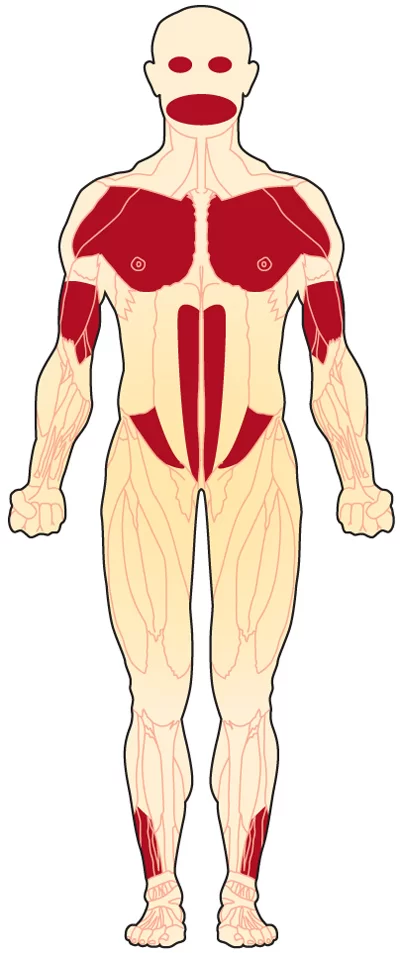


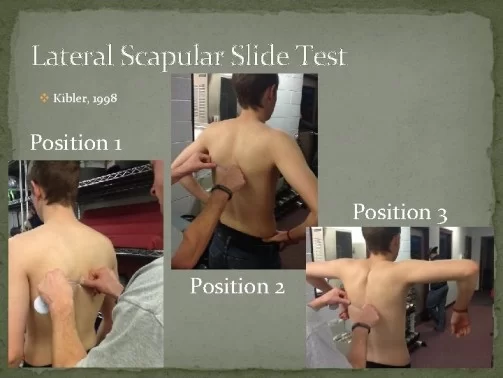
2 Comments